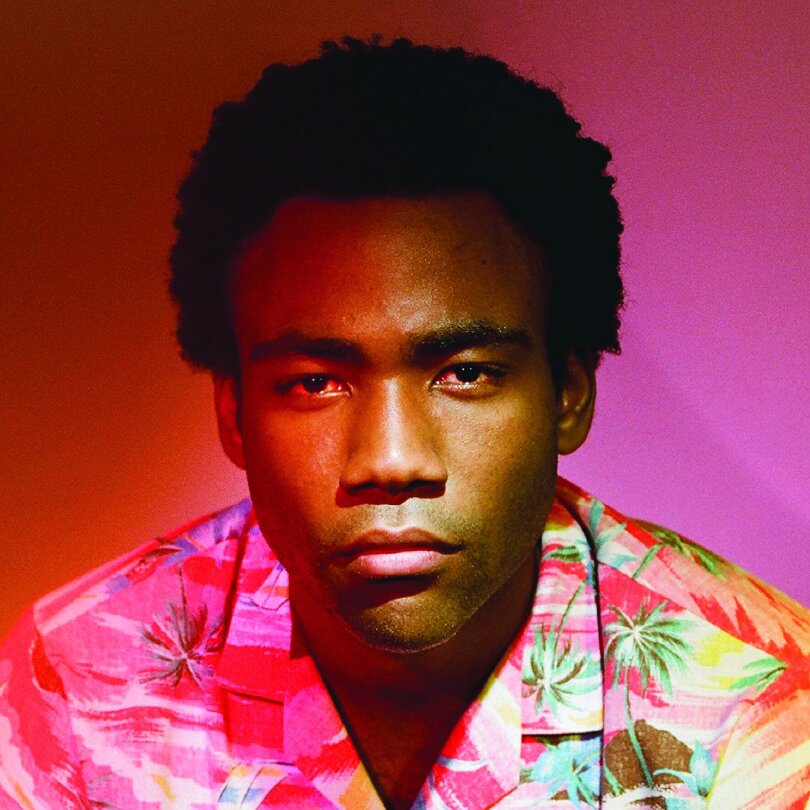Best Practices for Designing Your First Album Cover Commission
Album cover art plays a vital role in releasing and promoting a body of work from an artist or musician within the music business. Album cover art and tracklist are some of the first things fans and listeners see. Album covers should encompass, represent, and summarize the experience of the album or work that a musician is releasing. A good album cover will get people talking and make them remember it years later. Unfortunately, album covers are often overlooked in favor of more pressing marketing materials. Still, album covers are one of the only pieces of marketing collateral that have both an immediate and lasting impression on the consumer.
What is Album Cover Art?
Album covers curate the look and feel of an artist's music discography and creates nostalgia for long-time fans. Behind every good album cover lies an in-depth understanding of the music, genre, and artist it represents. Album cover art captures both the artist's vision and their musical perspective.
How Can I go about making an Album Cover Design?
So you just landed your first album cover art commission; before I dive in, I want to congratulate you; this is a massive milestone for any graphic designer and one that you should take very seriously. Each commission can attract new clients, bringing you one step closer to being a full-time graphic designer. Before you start designing an album cover, you need to brainstorm and do your research. Dive into the history of the artist you are making the album art for, and understand their background and the history of the music they produce. If you haven't already, get to know the genre and understand how their approach makes them unique.
What overall theme or feeling do you want to convey with the album cover? What colors, imagery, and fonts will you use? Once you have a general idea of what you wish the album cover to look like, you can start putting together your design.
Concept and Ideation
Use the information you have gathered from your research to develop concepts and ideas. Next, you'll need to figure out a direction. Your client may already have some ideas. Make sure to work these into your concepts. Should you use only typography to convey your concepts? Should you use an image, graphic, or illustration? Is there a specific design style, movement, or aesthetic that speaks to that artist's body of work? How can you add your spin and tie in elements that represent that artist's work?
Finding Inspiration
It's time to find some inspiration. Dribbble, Pinterest, Behance, and artsy are great places to find inspiration. Gather inspiration from specific images that fit your concept or the style you wish to achieve. Try to be inspired by works or pieces outside of existing album cover art. If you're struggling to find inspiration, try taking a walk or looking through some old magazines for ideas. Once you have an idea of the look you're going for, compile your findings and inspiration into a mood board and move on to the sketching phase.
Sketching out your ideas.
Sketch out your ideas. Pick up a sketchbook, some Copic markers, Micron Pens, a Pencil, and your tool of choice. This is an opportunity to step away from the digital world and hyperfocus on creating. Consider how the album cover will stand out amongst other album covers within a similar genre. Be sure to experiment with different layouts and images. Continue with this stage until you have two to three sketches you feel good about moving forward with.
Creating Your Design
You have done the research, you have created concepts, and you have sketched those concepts. Now the time has come to create your designs. I assume you have some experience with photoshop, illustrator, or blender. If you can't afford Photoshop or illustrator, a good alternative is affinity designer; they have a one-time payment model as opposed to a monthly subscription. If you are really on a budget, you could use Photopea.
Utilizing your sketches and mood board, start bringing your concepts to life. If you need help getting started, plenty of online tutorials and resources can help you. Use your mood board and concepts as a jumping-off point to search keywords, tutorials, and how-to videos to accomplish the style you wish to achieve.
Once you've created your design, proofread it and make any necessary changes before sending it over to the client. You will also want to ensure your design and art board meet upload guidelines for streaming services. DistroKid has a good outline of the criteria that cover art needs to follow to be compliant with streaming services.
How Much Should I charge for Album Cover Art?
I would suggest charging a flat rate. Create a goal for yourself on how much you would need to make in a year to become financially independent. Next, calculate how much that would be.
Monthly
Weekly
Daily
Hourly
You can do this easily by using a salary converter.
Now, on average, how many working hours do you think it will take to complete the commission? Once you have figured this out, you can establish a reasonable base cost for your services and then start to factor in other things that you might utilize to complete your tasks, Adobe CC, Photography, Plugins, Years Of Experience, Demand, etc...
How can I charge more for Album Cover Art?
With every project, you should aim to increase your rates gradually, but there are things you could offer in addition to Album Cover Design that complement the entire rollout.
Social Media Deliverables
Alternate Album Covers for deluxe albums
Tracklist Design
Animated Cover Art
Lyric Video
Merch Design
Poster and Flyer Design
Billboard Design
When someone reaches out to you for cover art, ask if they need any of these additional marketing materials because, most likely, they will.











